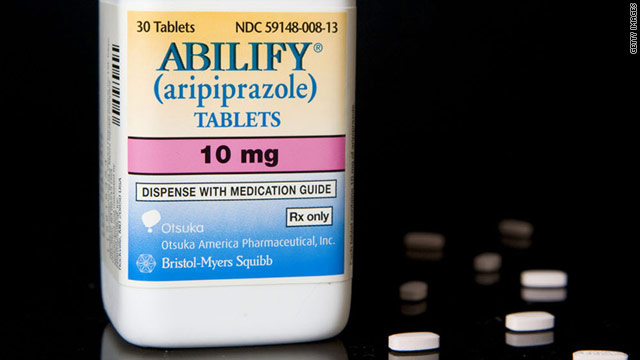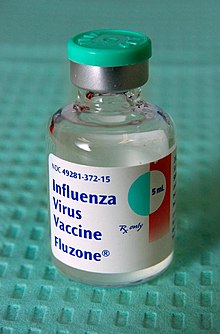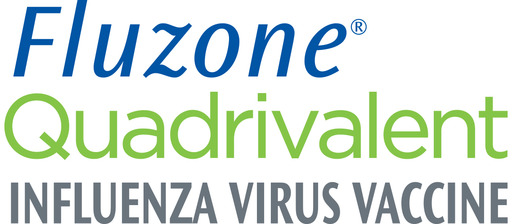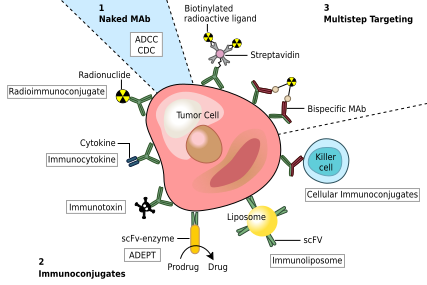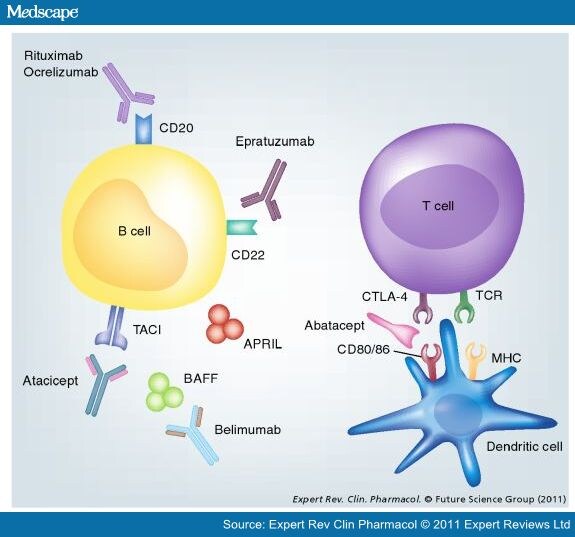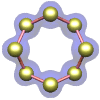Over the last 30 years, the face of human immunodeficiency virus (HIV) has changed from one largely associated with homosexuality, drug addicts, prejudice, fear and rejection without much hope of a future, to one involving innocent children born of mothers living with HIV for whom it is hoped the disease will be curable and even eradicated.
According to the World Health Organization (WHO) and UNAIDS, 34 million people were living with HIV worldwide in 2011. Sub-Saharan Africa was, and still is, the most severely affected area. Approximately 5 per cent of adults in this region live with HIV, representing almost 70 per cent of the global HIV-infected population. On a positive note, the number of newly infected people has declined by approximately 25 per cent over the past ten years and, importantly, over the past two years, half of the reductions in HIV infections has been in children.
Treatment and prevention
The approach to, and success of, HIV treatment and prevention has.....................cont
The approach to, and success of, HIV treatment and prevention has.....................cont
read all at
http://www.pmlive.com/pharma_news/research_in_hiv_therapies_488697
THE NAMES OF DRUGS USED ARE LISTED HERE, PLEASE READ IT
THE NAMES OF DRUGS USED ARE LISTED HERE, PLEASE READ IT








